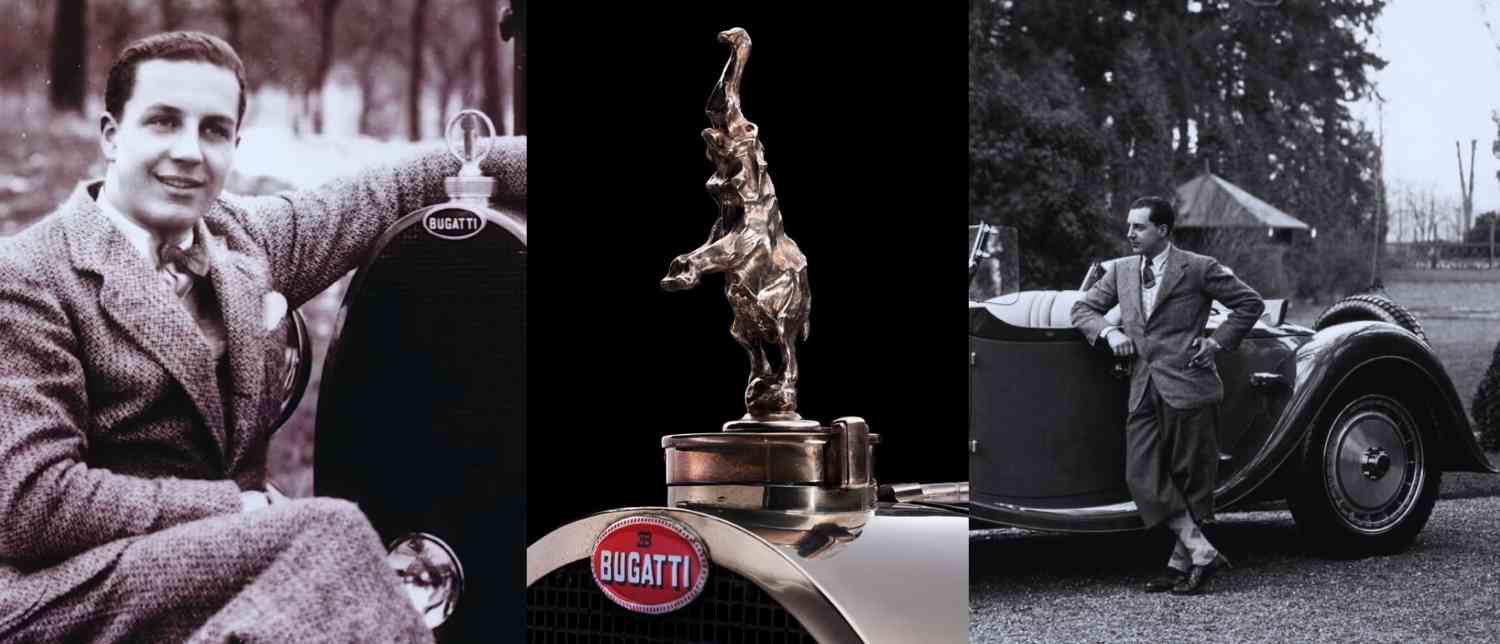The name Bugatti has always been a symbol of speed, beauty, and unmatched luxury. But the story of Bugatti is more than just a tale of record-breaking cars. It is about a dream, artistry, resilience, and a passion for creating machines that are as beautiful as they are fast. To understand this incredible legacy, we must travel back to the final years of the 19th century, to a young boy in Italy who saw cars not just as machines but as works of art.
The Young Visionary – Ettore Bugatti
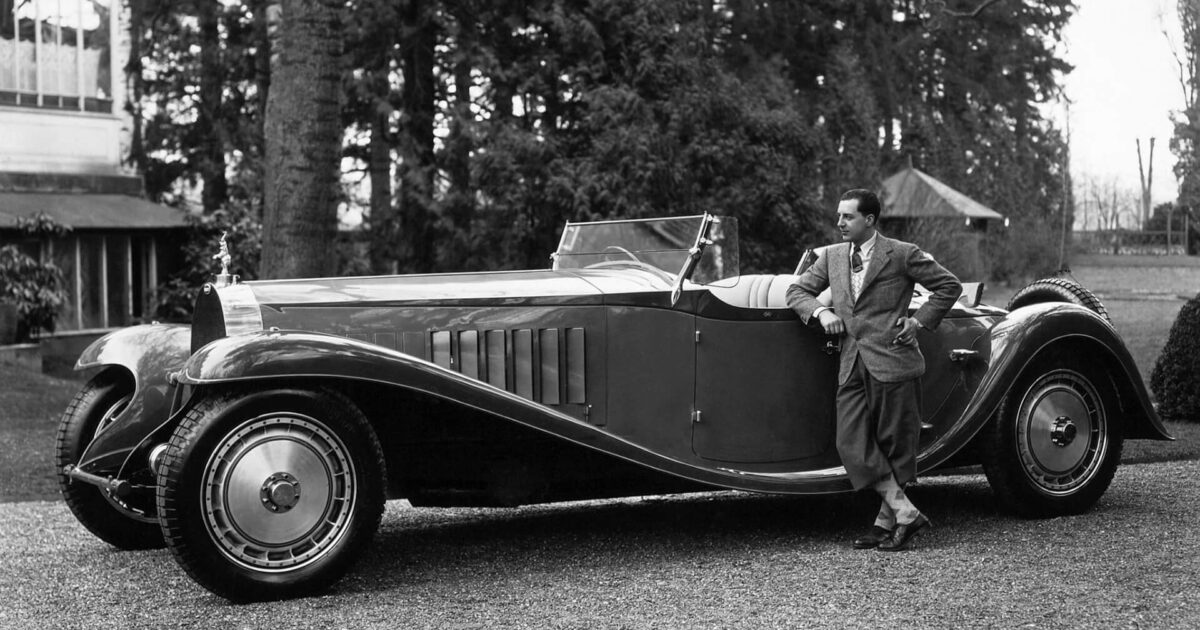
Ettore Arco Isidoro Bugatti was born in 1881 in Milan, Italy, into a family deeply rooted in the arts. His father, Carlo Bugatti, was a celebrated furniture and jewelry designer, and his family expected Ettore to follow in the same artistic footsteps. But the young Bugatti discovered another passion — engineering.
Even as a teenager, Ettore was fascinated by engines and mechanical design. At just 17, he began working for the Prinetti & Stucchi company, experimenting with small engines for bicycles and tricycles. By the age of 20, he had already built his first car. His talent attracted the attention of European manufacturers, and he worked for De Dietrich in Alsace before deciding to set out on his own.
The Birth of the Bugatti Brand
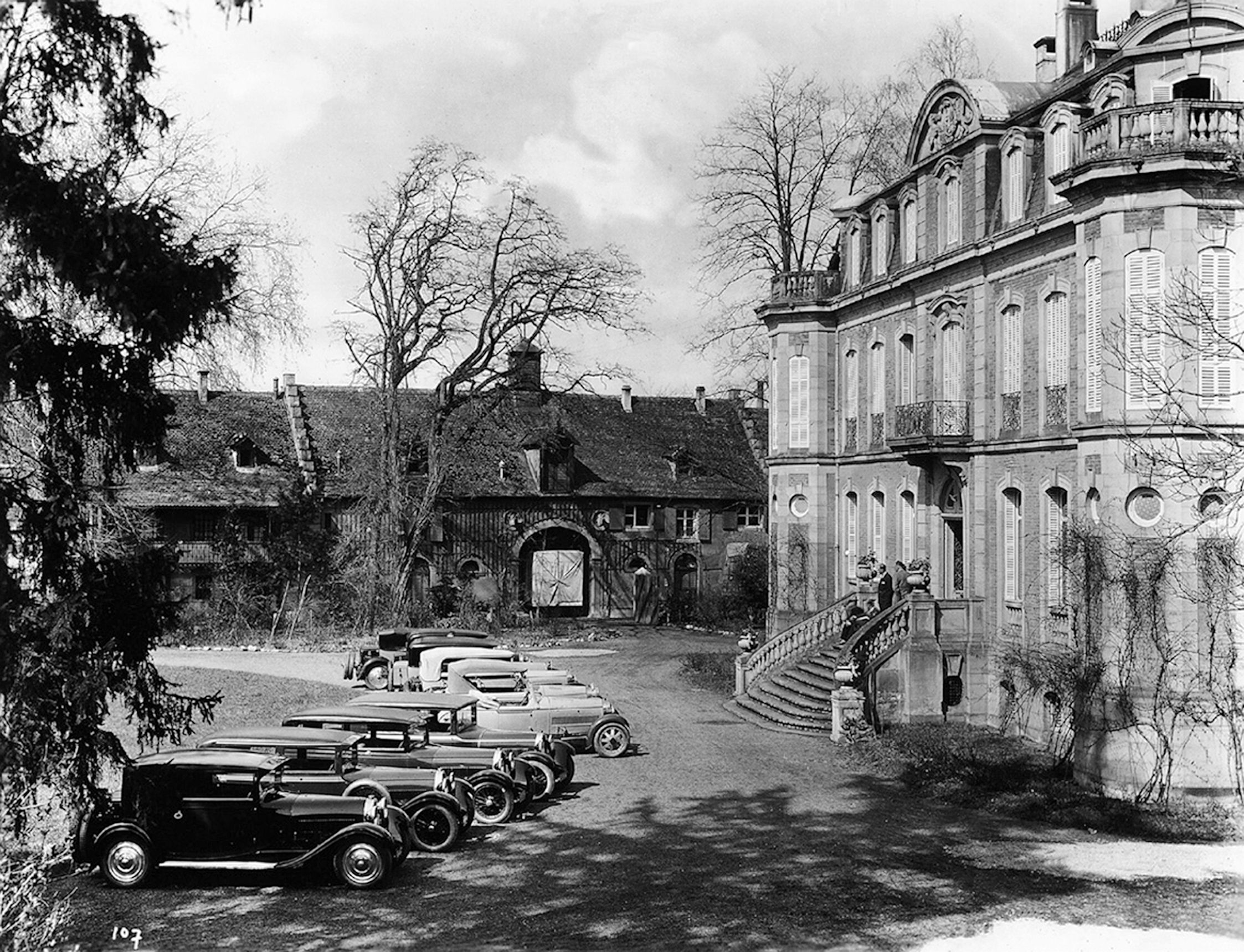
In 1909, Ettore Bugatti rented an old dye factory in the small town of Molsheim, Alsace. There, he began building cars under his own name with a vision that was clear and ambitious — to create automobiles that combined stunning design with advanced engineering.
His first Molsheim creation was the Type 10, a lightweight and highly maneuverable car that set the tone for all future Bugattis. Soon after came the Type 13, which was fast, agile, and remarkably reliable for its time. This car was destined to make its mark on the racing world.
First Taste of Victory – The Type 13 Dominance
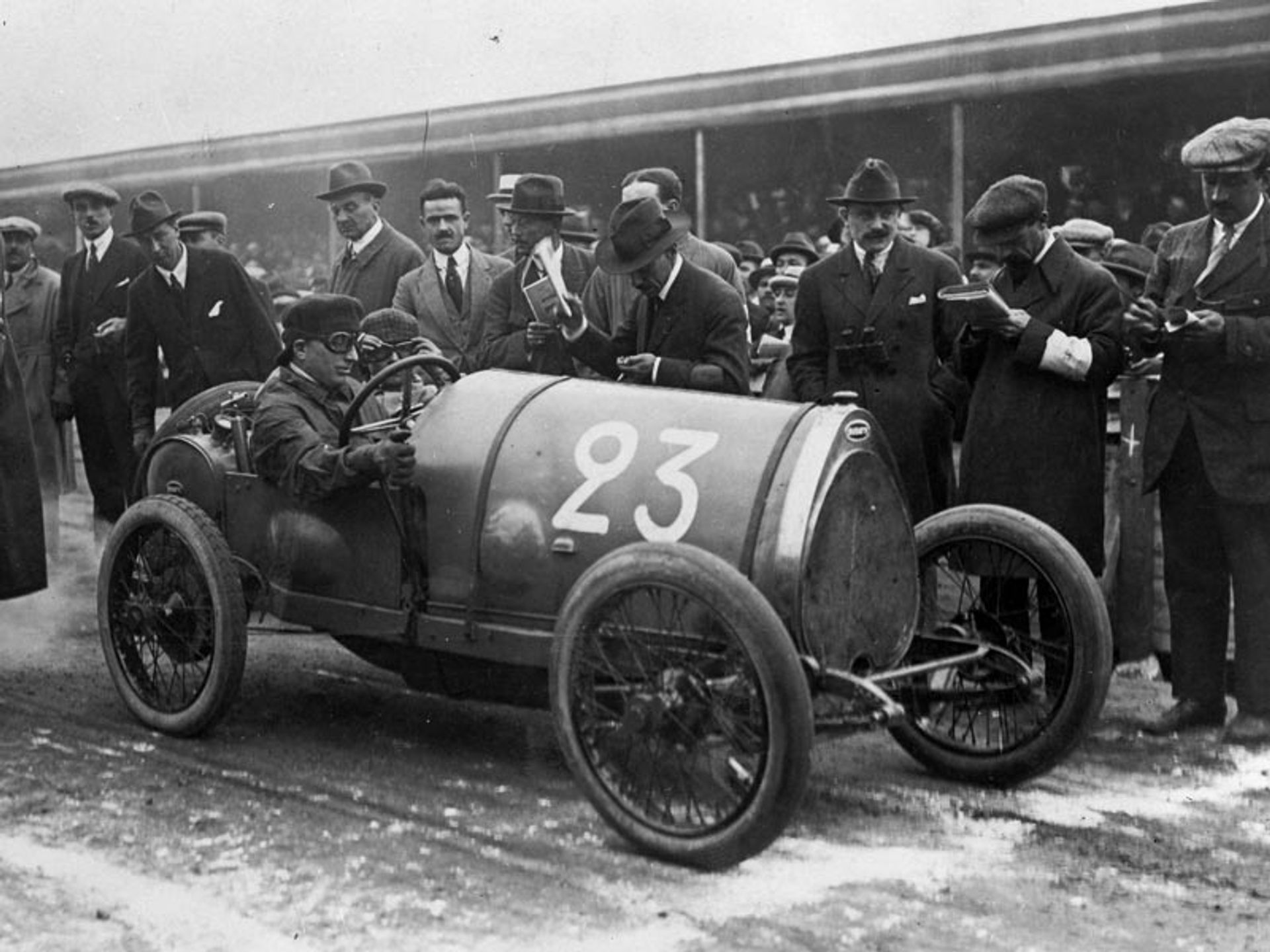
The Type 13 soon began to turn heads in competitive motorsport. Despite having a smaller engine than many of its rivals, it offered unmatched handling and stability. In 1911, it impressed crowds at the French Grand Prix, signaling Bugatti’s arrival in the racing scene.
When World War I broke out, Ettore was forced to halt car production. Instead, he contributed to the war effort by designing innovative aircraft engines for both the French and American military. These war contracts brought profits that allowed him to expand his Molsheim operations after the war.
The Roaring Twenties – A Golden Age
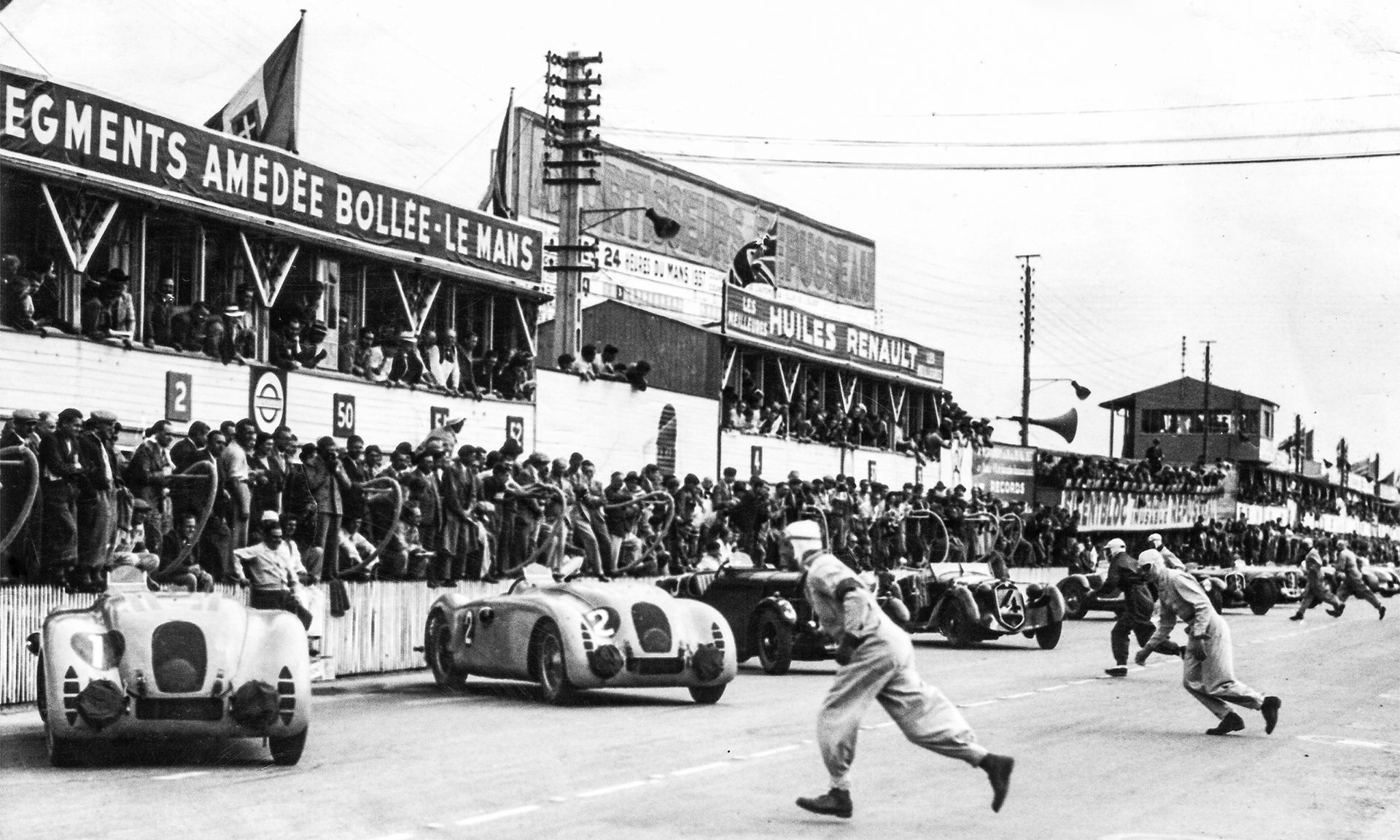
Once the war ended, Bugatti returned to car production with renewed energy. The 1920 Grand Prix de la Sarthe saw the Type 13 claim a major victory, marking the start of Bugatti’s golden era.
From the 1920s to early 1930s, Bugatti produced a series of legendary models that dominated races across Europe. Among them, the Type 30, Type 37, Type 51 — and above all, the Type 35 — became icons of engineering and performance.
The Legendary Type 35
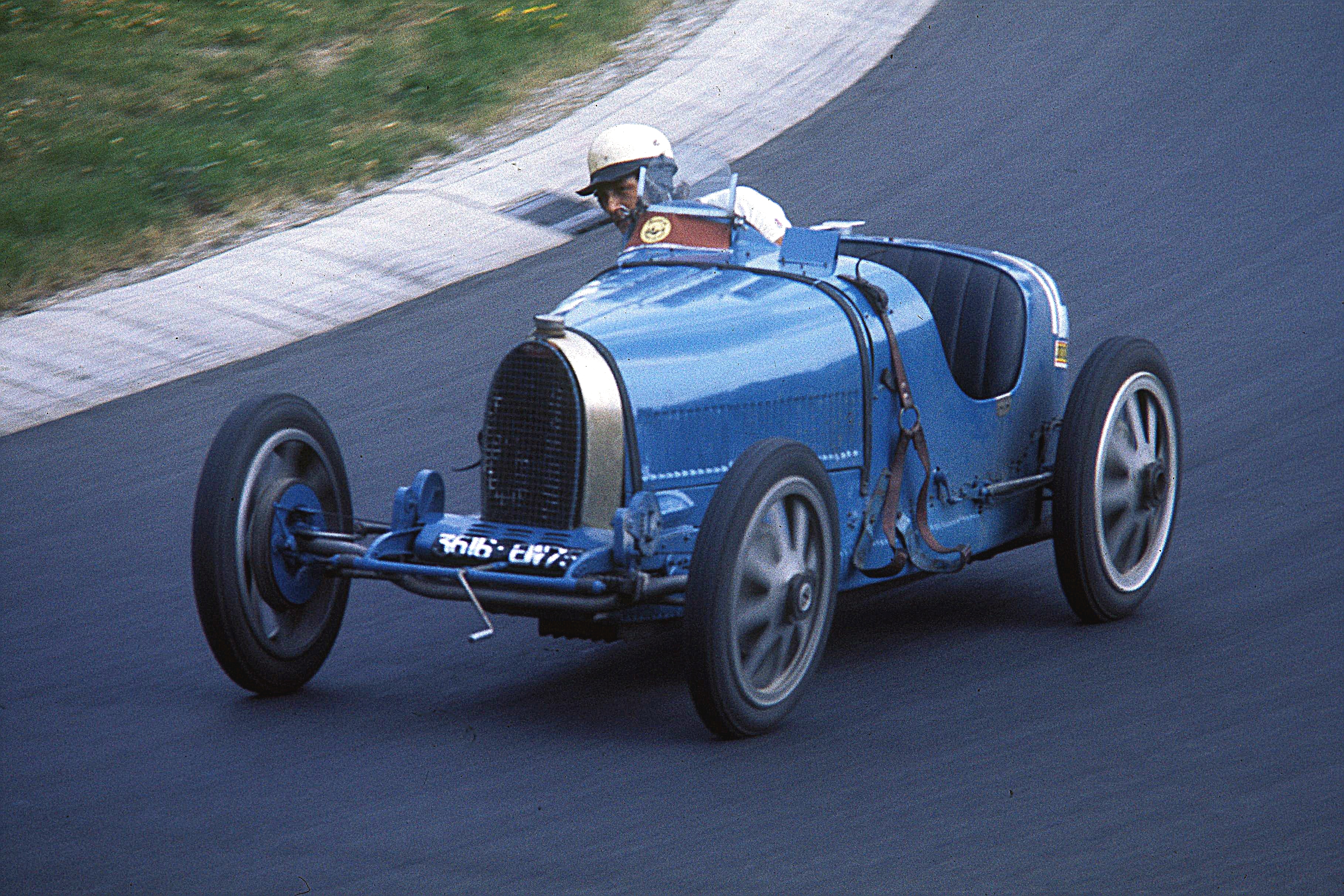
Introduced in 1924, the Type 35 became one of the most successful racing cars in history. It was beautifully designed, with a horseshoe-shaped radiator and aerodynamic curves, and its straight-eight engine combined speed with reliability.
The Type 35 went on to win more than 2,000 races in its career and dominated the prestigious Targa Florio race for five consecutive years from 1925 to 1929. Drivers adored it for its responsiveness, balance, and ability to make them feel completely connected to the car.
Luxury Meets Performance – The Type 41 Royale
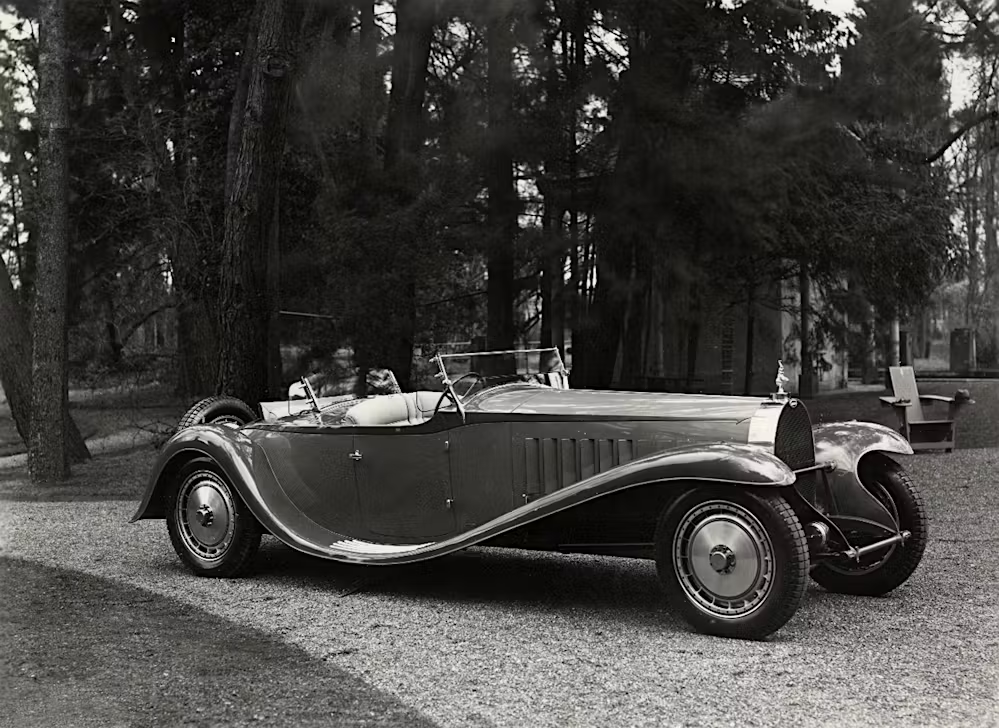
Ettore Bugatti was not satisfied with just building race cars. He wanted to show the world that he could create the most luxurious automobile ever conceived. This vision gave birth to the Type 41 Royale, built between 1927 and 1933.
The Royale was an enormous masterpiece with a 12.7-liter straight-eight engine and a level of craftsmanship suited for royalty. Unfortunately, the Great Depression left only the wealthiest able to afford such a grand vehicle, and just six were ever produced. Despite its limited production, the Royale became a legend for its sheer elegance and ambition.
Jean Bugatti – A New Generation of Brilliance
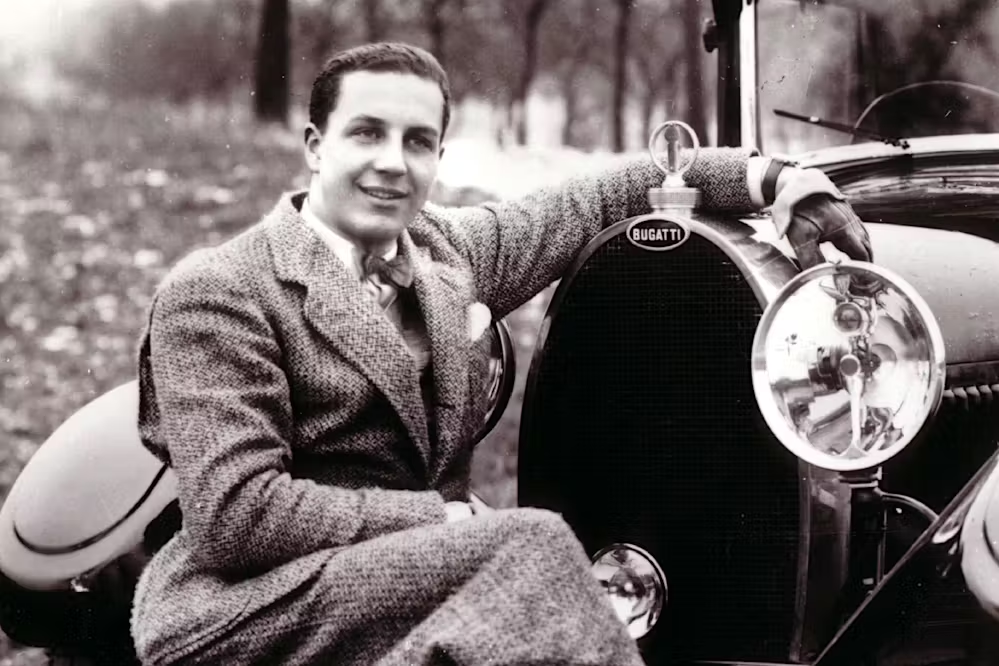
In the 1930s, Ettore’s son Jean Bugatti began playing a greater role in the company. Jean had inherited his father’s technical skill but paired it with an even stronger sense of artistic design. He was responsible for some of Bugatti’s most beautiful creations, including the famous Type 57 SC Atlantic, often considered one of the most beautiful cars ever built.
Jean also led Bugatti to continued racing success. But in 1939, tragedy struck when Jean died while testing a vehicle for the upcoming Le Mans race. His death was a devastating blow to Ettore and the company.
The Fading Years
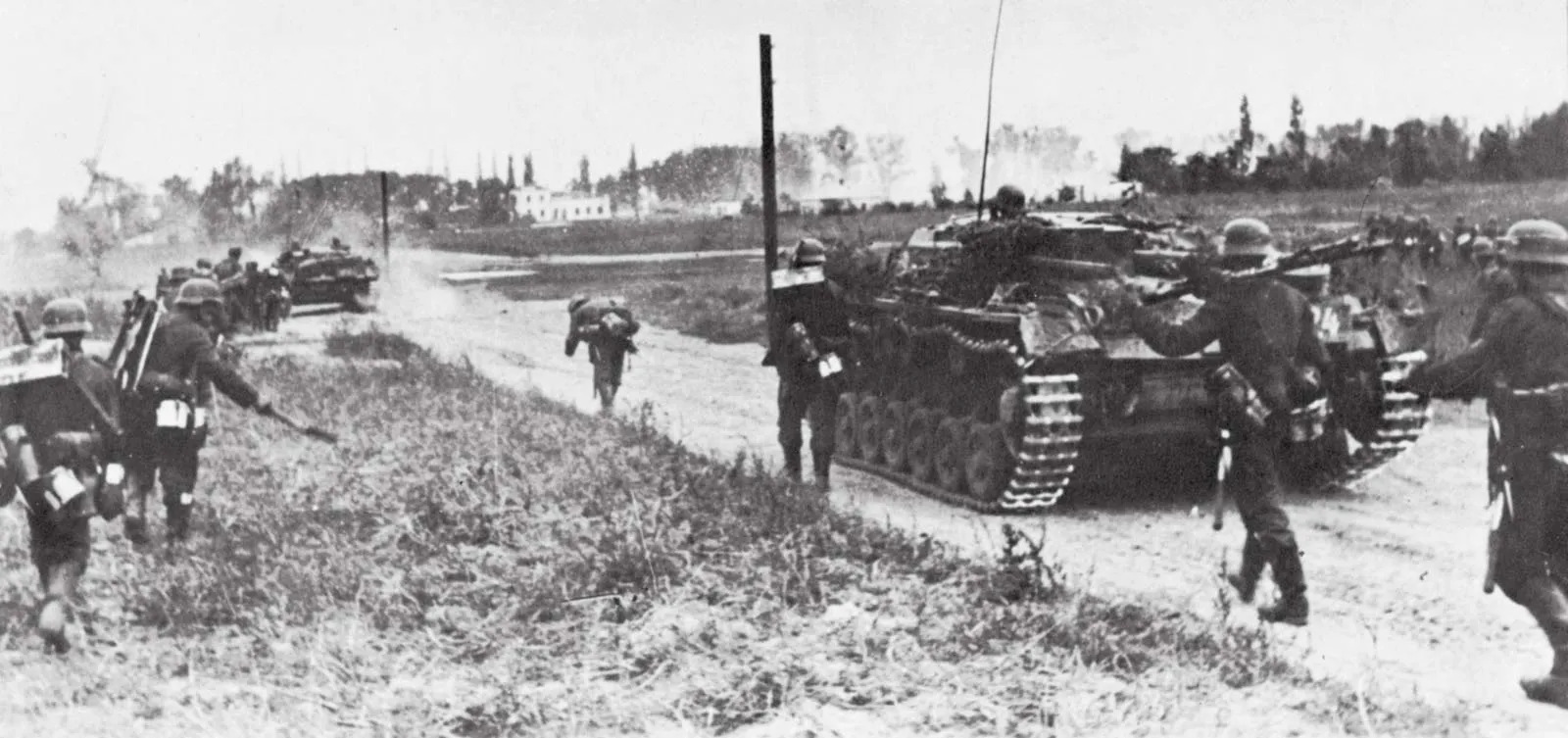
The outbreak of World War II further damaged the company’s fortunes. Car production stopped, and after the war ended, resources were scarce. Ettore Bugatti tried to revive the brand but passed away in 1947 before his plans could be realized. Without his leadership, Bugatti lost its competitive edge.
By the 1950s, Bugatti had withdrawn from racing and ceased the production of road cars. The once-vibrant Molsheim workshop became silent.
Attempts at Revival – The EB110 Era
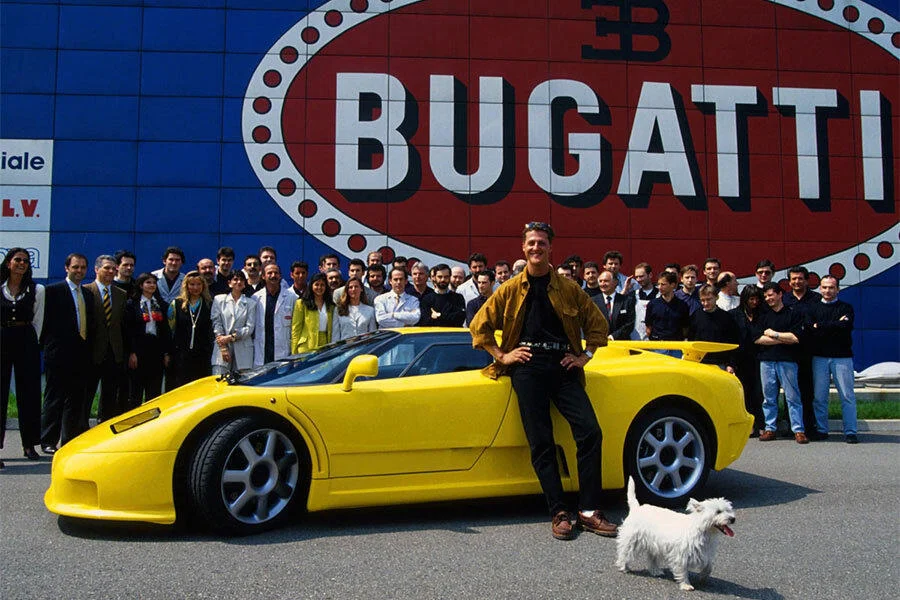
Over the years, various entrepreneurs tried to bring Bugatti back to life. One of the most notable came in the early 1990s, when Italian businessman Romano Artioli introduced the EB110 supercar. It was an engineering marvel for its time, with a quad-turbocharged V12 engine capable of speeds over 340 km/h.
Despite its brilliance, the EB110 arrived during a global economic downturn, and the company once again faced collapse in the mid-1990s.
Volkswagen Era – Return of the King
,_5._April_2012,_Düsseldorf_1755079088.jpg)
In 1998, the Volkswagen Group acquired Bugatti with a vision to make it the world’s premier producer of hypercars. The result was the Bugatti Veyron 16.4, launched in 2005.
The Veyron was unlike anything the world had ever seen, with an 8.0-liter, 16-cylinder, quad-turbo engine producing 1,001 horsepower. It could accelerate from 0 to 100 km/h in just 2.5 seconds and reach top speeds over 400 km/h, redefining what was possible for a road car. The Veyron Super Sport later set a world record for the fastest production car.
The Chiron and Breaking the 300-MPH Barrier
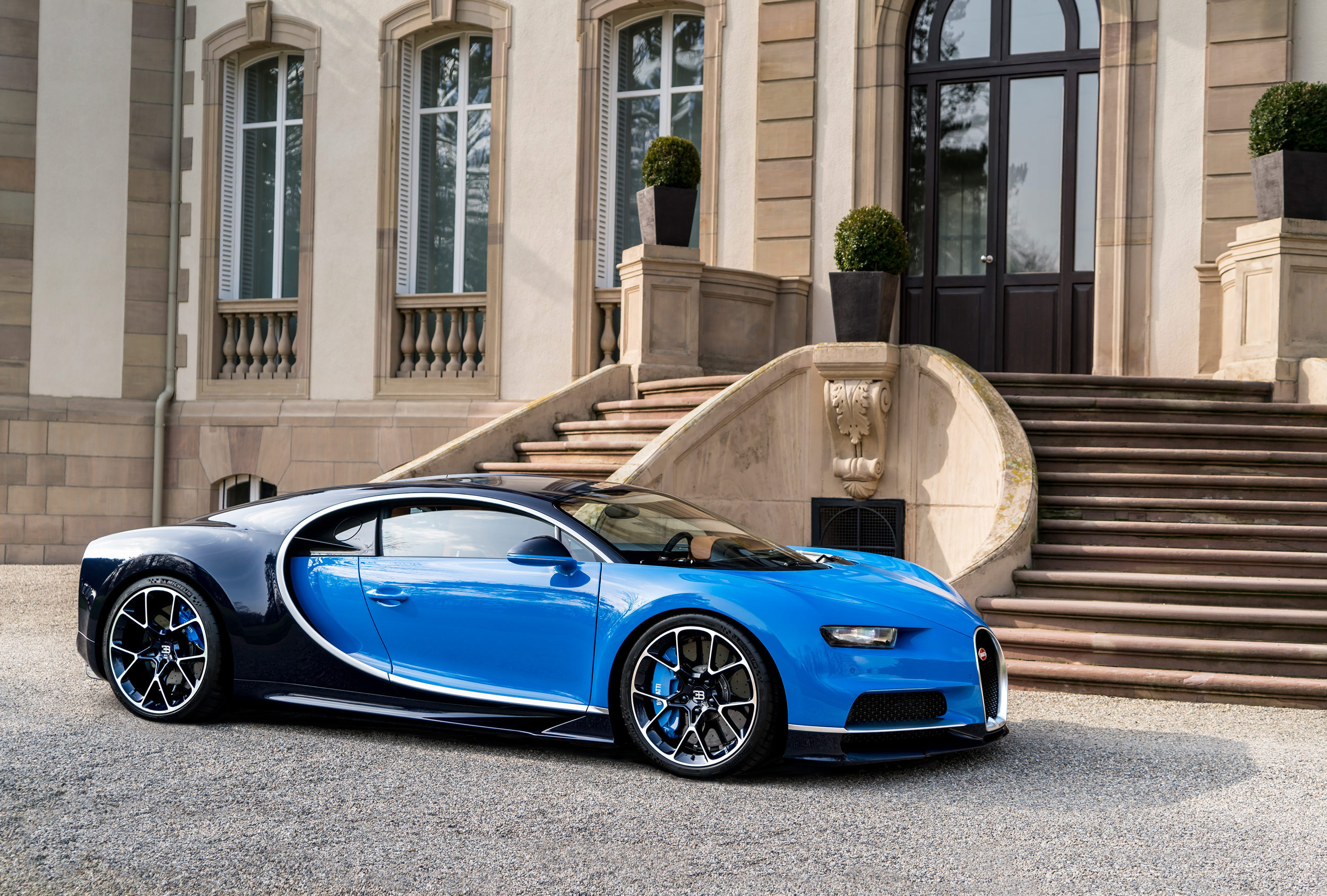
In 2016, Bugatti unveiled the Chiron. With 1,479 horsepower and even greater engineering refinement, it took hypercar performance to new heights. In 2019, a modified Chiron Super Sport 300+ made history by surpassing the 300 mph mark, hitting an incredible 304.773 mph.
The Chiron was followed by special editions like the aggressive Divo, the heritage-inspired Centodieci, and the ultra-exclusive La Voiture Noire, each combining extraordinary performance with exquisite craftsmanship.
Bugatti Today and the Road Ahead
Today, Bugatti still operates in Molsheim, producing each car by hand in highly limited numbers. Buyers wait months or even years for delivery, and each car is personalized to reflect its owner’s tastes.
As the automotive world moves toward hybrid and electric technology, Bugatti faces the challenge of adapting without losing the emotional thrill and artistry that define its cars. The company remains focused on creating vehicles that stir the soul while pushing the limits of engineering.
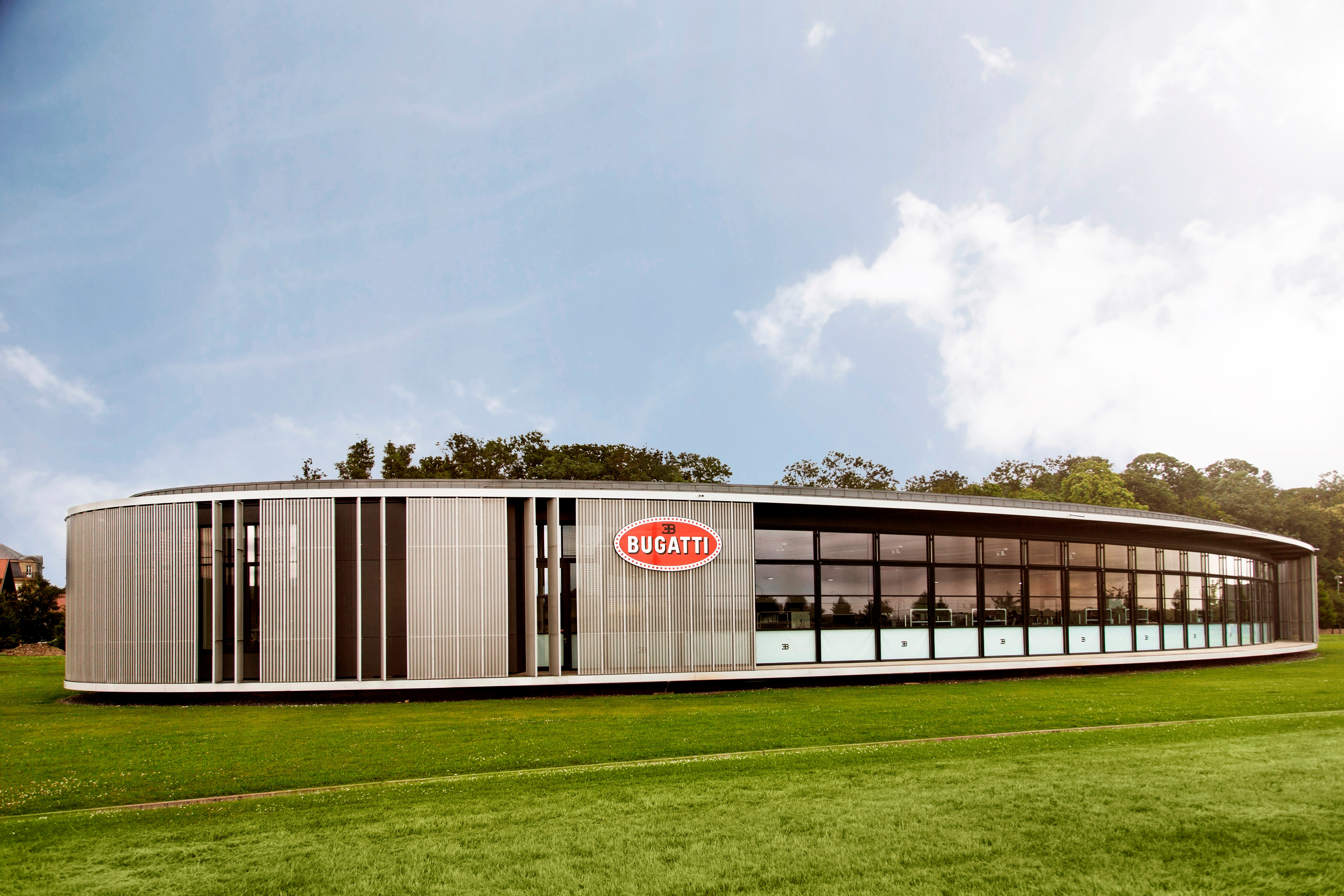
Why Bugatti’s Story Inspires
The story of Bugatti is about more than cars. It is about vision, perseverance, innovation, and the belief that engineering can be a form of art. From the humble Molsheim workshop to the record-smashing hypercars of today, Bugatti’s journey has been shaped by triumphs, tragedies, and an unrelenting pursuit of perfection.
Every curve of a Bugatti, every roar of its engine, is part of a living history — a legacy that continues to inspire the world.
With inputs from agencies
Image Source: Multiple agencies
© Copyright 2025. All Rights Reserved. Powered by Vygr Media.

